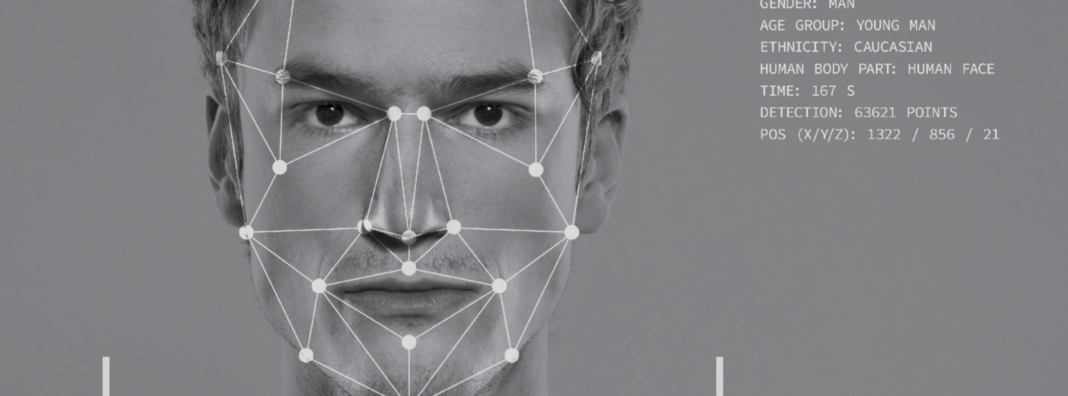
Earlier this year, shoppers at Jacksons Food Stores in Tacoma, Washington found a new sign greeting them when they tried to enter the store. It told them to “Look at the Camera for Entry” because facial recognition technology was in use.
Billy Easley examines the implications of this becoming commonplace across the United States in a recent article for the fall volume of James Madison Institute’s policy magazine, The Journal. As Easley explains, “The experience of this Takoma community is a small-scale illustration of an incoming national conversation about commercial use of facial recognition technology.” I’ve written about this for a while (you can find some of my thoughts here, here and here) and one big issue isn’t going away. That’s the fact that policymakers find themselves in the difficult position of trying to balance concerns about technologies with the need to allow these technologies to mature through experimentation.
Easley provides some framework for policymakers that I find very helpful:
[L]awmakers should consider passing laws that: (1) require notice and consent from consumers before biometric data can be used for specific purposes, excluding security purposes; (2) allow state attorneys general to sue if they determine companies have violated those requirements; and (3) require a violation to have resulted in harm before it can be prosecuted. These three principles will ensure that regulations will protect privacy without sacrificing technological innovation.
I highly recommend reading his entire essay, as well as the other articles included in The Journal’s latest volume.

